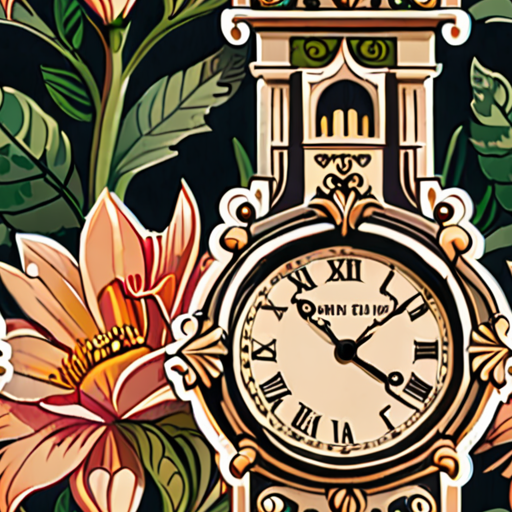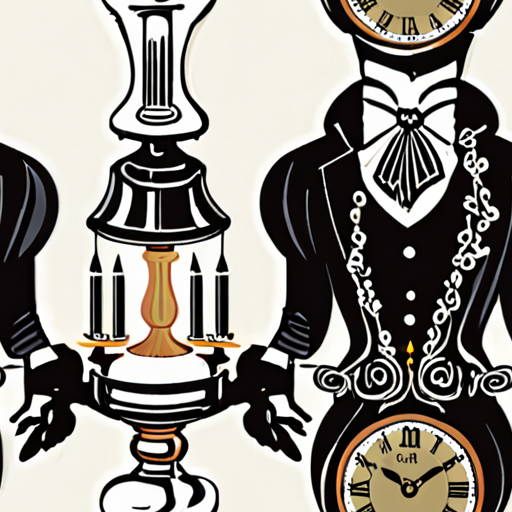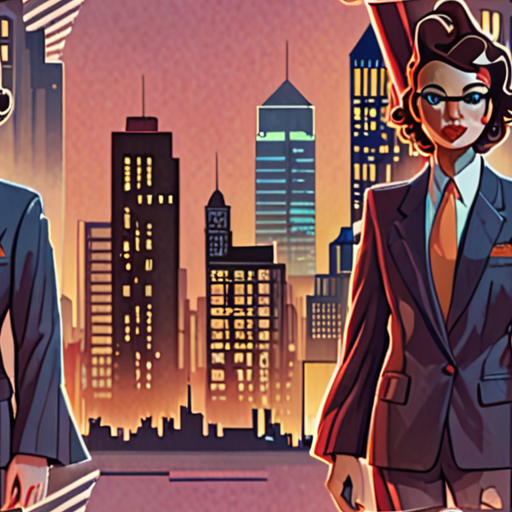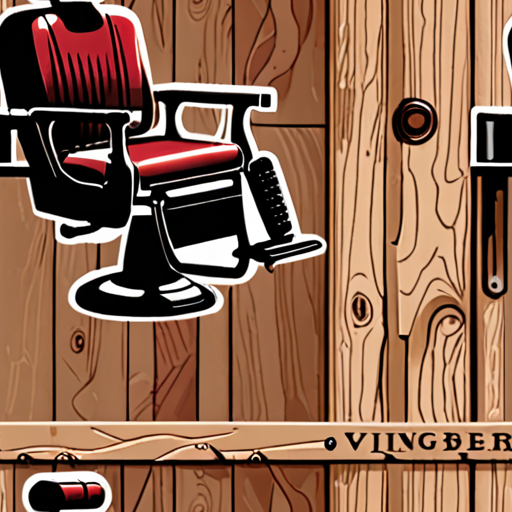Timeless elegance and sophistication – these are just a few words that come to mind when thinking about classic styles, a fashion phenomenon that has been captivating audiences for centuries. From the refined silhouettes of bygone eras to the modern interpretations of today, classic styles continue to inspire and influence the way we dress, with their enduring appeal transcending generations and trends. Whether it’s the sleek lines of a well-tailored suit, the effortless charm of a little black dress, or the bold statement of a brightly colored scarf, classic styles have a way of making us feel confident, put-together, and uniquely ourselves.

Classic Style
I’ve always been fascinated by the timeless appeal of classic style, which has captivated audiences for centuries.
- At its core, classic style embodies elegance, sophistication, and refinement, often characterized by clean lines, simple shapes, and a muted color palette.
- From fashion to architecture, art to design, classic style has influenced countless creative endeavors, leaving an indelible mark on our collective aesthetic sensibilities.
- One of the defining features of classic style is its ability to transcend fleeting trends and seasons, remaining relevant and enduring despite the passage of time.
- This is largely due to its emphasis on timeless principles, such as proportion, balance, and harmony, which create a sense of stability and continuity.
- Furthermore, classic style often incorporates subtle nuances and details that reward close attention and appreciation, inviting viewers to engage with the work on a deeper level.
- In my opinion, classic style is not just a visual aesthetic, but a philosophical approach to creativity that values simplicity, restraint, and authenticity.
- By embracing these principles, artists, designers, and creatives can tap into a rich tradition of excellence and innovation, pushing the boundaries of what is possible while staying true to the essence of classic style.
- Ultimately, classic style is a celebration of beauty, craftsmanship, and the human spirit, reminding us of the power of art to inspire, educate, and uplift us.
As someone who appreciates the beauty of classic style, I’m drawn to its ability to evoke emotions, spark imagination, and connect us with something greater than ourselves.
Whether it’s a stunning work of art, a beautifully crafted piece of furniture, or a thoughtfully designed building, classic style has the power to transport us to another era, another world, and another dimension of human experience.
For me, classic style is not just a visual preference, but a way of life – a commitment to excellence, a passion for beauty, and a reverence for the timeless and the eternal.
So, let us cherish and celebrate classic style, not just as a nostalgic relic of the past, but as a living, breathing force that continues to shape our present and inspire our future.
The Classic Style in the 2000s
Popular outfits for women during the 2000s included mesh or handkerchief tops, box-pleated or leather skirts, shiny pants, and sparkly shoes.
- Mesh or handkerchief tops were a staple in many women’s wardrobes, often paired with low-rise jeans or skirts.
- Box-pleated skirts added a touch of elegance to any outfit, while leather skirts were a bold and edgy choice.
- Shiny pants made a statement, often worn with crop tops or band tees.
- Sparkly shoes added a touch of glamour to any outfit, whether it was a pair of stilettos or sneakers.
For men, Y2K looks typically involved leather jackets, a statement dress shirt, and chunky shoes.
- Leather jackets were a staple in many men’s wardrobes, adding a tough and rugged edge to any outfit.
- Statement dress shirts were often bold and bright, featuring eye-catching patterns and colors.
- Chunky shoes completed the look, adding height and drama to any outfit.
Britney Spears and NSYNC were trendsetters for this type of style, inspiring fans around the world with their fashion choices.
Other popular fashion trends of the 2000s included:
- Low-rise jeans and skirts
- Crop tops and belly-baring shirts
- Ugg boots and sheepskin jackets
- Trucker hats and baseball caps
These styles may have been popular in the 2000s, but they continue to influence fashion today, with many designers incorporating elements of Y2K style into their collections.

Dressing Sophisticated and Classy
Dressing sophisticated and classy involves adopting a timeless and elegant style characterized by high-quality clothing, tailored fits, neutral colors, and attention to detail.
- High-quality clothing refers to garments made from premium materials, such as wool, silk, or cashmere, which exude luxury and sophistication.
- Tailored fits refer to clothes that are custom-made to fit the individual perfectly, accentuating their physique and confidence.
- Neutral colors include shades such as black, navy blue, gray, beige, and white, which are versatile and can be mixed-and-matched easily.
- Attention to detail encompasses small touches such as impeccable grooming, polished shoes, and accessories that complement the outfit.
Key Elements of a Classy Style
A classy style is built upon several essential elements:
- Confidence: A person who dresses classily exudes self-assurance and poise, making them stand out in a crowd.
- Elegance: A classy style is characterized by simplicity, clean lines, and a lack of unnecessary embellishments.
- Refinement: A refined sense of style is achieved by paying attention to details, such as fabric texture, color palette, and accessory selection.
- Taste: A classy style demonstrates a keen sense of taste, often reflecting the individual’s personality, values, and lifestyle.
Creating a Timeless Look
To achieve a timeless look, focus on investing in high-quality, classic pieces that won’t go out of style quickly.
- Invest in a few statement pieces, such as a tailored blazer or a quality handbag, that can elevate any outfit.
- Select timeless fabrics, such as cotton, linen, or wool, which are durable and versatile.
- Opt for neutral colors that can be mixed-and-matched with ease.
- Prioritize comfort and practicality, ensuring that your clothes feel great against your skin.
Accessories and Grooming
Accessories and grooming play a crucial role in completing a classy look:
- Polished shoes can instantly elevate an outfit, while scuffed or worn-out shoes can detract from the overall appearance.
- A simple watch or a quality belt can add a touch of sophistication to an outfit.
- Grooming is essential, with attention paid to hair, nails, and facial hair to complete the classy look.

90s Styles
The 1990s was a decade of vibrant and eclectic fashion, characterized by bold colors, statement pieces, and a mix of high-end and streetwear influences.
- Tight-fitting nylon shirts and vests were staples of the raver scene, often paired with bell-bottom jeans and platform shoes.
- Neoprene jackets and studded belts added an edgy touch to outfits, while floppy hats and chunky jewelry completed the look.
- Flokati fur scarves and bags were popular accessories, adding a luxurious feel to casual ensembles.
- Fluffy boots and phat pants were also trendy items, often worn with oversized clothing and chunky sneakers.
- Bright and neon colors dominated the decade’s fashion landscape, with designers incorporating these hues into everything from dresses to handbags.
In addition to these iconic styles, the 1990s also saw the rise of grunge and alternative fashion, led by bands like Nirvana and Pearl Jam.
- Flannel shirts, ripped jeans, and Doc Martens became the uniform of choice for many young people, symbolizing rebellion against mainstream culture.
- Choker necklaces, fishnet stockings, and leather jackets added to the overall aesthetic, which emphasized comfort and practicality over glamour and sophistication.
The 1990s was a decade of great diversity and experimentation in fashion, reflecting the era’s cultural and social shifts.
Key Trends:
- Raver style: Tight-fitting nylon shirts, vests, and pants, often in bright colors and patterns.
- Grunge style: Flannel shirts, ripped jeans, and Doc Martens, emphasizing comfort and practicality.
- High-end fashion: Luxury brands like Gucci and Chanel continued to influence the decade’s fashion landscape, with designers incorporating opulent fabrics and intricate details into their designs.
Notable Fashion Icons:
- Supermodels like Cindy Crawford and Naomi Campbell dominated runways and magazine covers, showcasing the latest designer creations.
- Musicians like Madonna and Prince pushed the boundaries of fashion, experimenting with bold costumes and hairstyles.
What is 80s 90s Fashion?
The 1980s and 1990s were a time of great creativity and self-expression in fashion.
- New Wave : Characterized by slim-fitting suits, skinny ties, and bold hairstyles, New Wave fashion was a staple of the 1980s.
- Grunge : Emerging in the late 1980s and early 1990s, Grunge fashion was marked by flannel shirts, ripped jeans, and Doc Martens.
- Neon Colors : Bright, eye-catching neon colors were a defining feature of 1980s fashion, often seen in clothing, accessories, and hair.
- Floral Prints : Floral patterns were popular in the 1980s and 1990s, often used in dresses, tops, and skirts.
- Acid Washed Denim : Acid washed denim, characterized by its faded, distressed look, was a hallmark of 1980s fashion.
- Puffy Shoulders : Puffy shoulder pads were a fashion trend in the 1980s, often seen in jackets, blazers, and dresses.
- Animal Print : Animal prints, such as leopard and zebra stripes, were popular in the 1980s and 1990s.
- Baby Doll Dresses : Baby doll dresses, characterized by their loose fit and short hemline, were a fashion staple in the 1990s.
- Rock Tee Shirts : Rock-inspired tee shirts, often featuring band logos or lyrics, were a popular fashion item in the 1980s and 1990s.
Fashion in the 1980s and 1990s was all about expressing oneself and pushing boundaries.
Trends That Defined the Decade
- Shoulder Pads : Shoulder pads became a fashion staple in the 1980s, adding width and drama to jackets, blazers, and dresses.
- Oversized Clothing : Oversized clothing, including baggy pants and oversized shirts, was a hallmark of 1990s fashion.
- Platform Shoes : Platform shoes, including sandals and boots, added height and drama to outfits in the 1980s and 1990s.
- Choker Necklaces : Choker necklaces, often made of velvet or lace, were a popular accessory in the 1990s.
Legacy of 80s 90s Fashion
The fashion of the 1980s and 1990s continues to influence contemporary style, with many designers incorporating elements of these decades into their collections.
From the bold, bright colors of the 1980s to the grungy, laid-back vibe of the 1990s, fashion in these decades was all about self-expression and creativity.

What is 2000s Fashion?
The 2000s was a decade marked by bold experimentation and self-expression in fashion.
- Fashion in the 2000s was characterized by low-rise jeans, crop tops, and belly-baring shirts.
- Skirts and dresses became shorter, and the rise of Juicy Couture tracksuits and Ugg boots made comfort a priority.
- Accessories like chunky belts, oversized sunglasses, and layered necklaces added a touch of glamour to outfits.
The early 2000s saw the rise of fast fashion, with retailers like H&M and Forever 21 offering trendy pieces at affordable prices.
- Designers like Marc Jacobs and Anna Sui popularized bohemian chic, with flowing maxi dresses and embroidered tops.
- The mid-2000s saw a shift towards more polished, sophisticated styles, with designers like Vera Wang and Oscar de la Renta influencing red-carpet looks.
- The late 2000s brought a resurgence of 80s-inspired fashion, with skinny ties, high-waisted pants, and oversized blazers making a comeback.
The 2000s was also a decade of celebrity influence, with stars like Britney Spears, Paris Hilton, and Lindsay Lohan serving as style icons.
Overall, 2000s fashion was a reflection of the era’s values: youthfulness, individuality, and a desire for self-expression.
Key Trends:
- Low-rise jeans and skirts
- Crop tops and belly-baring shirts
- Chunky belts and oversized sunglasses
- Luxury streetwear and fast fashion
Conclusion:
The 2000s was a transformative decade for fashion, marked by bold experimentation and self-expression. From low-rise jeans to luxury streetwear, the era’s styles continue to influence contemporary fashion today.
0 Comments